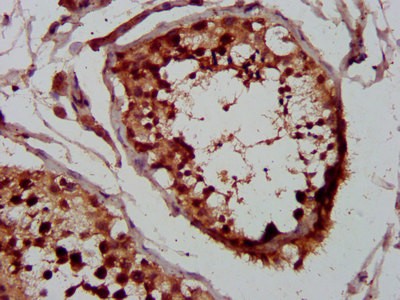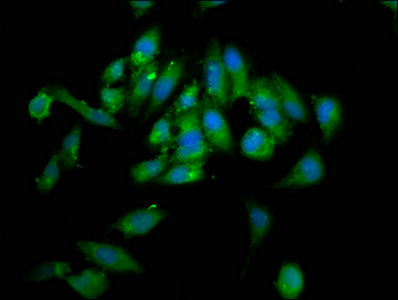Histone methyltransferase which specifically dimethylates nucleosomal histone H3 at 'Lys-36' (H3K36me2). Also monomethylates nucleosomal histone H3 at 'Lys-36' (H3K36me) in vitro. Does not trimethylate nucleosomal histone H3 at 'Lys-36' (H3K36me3). However, specifically trimethylates histone H3 at 'Lys-36' (H3K36me3) at euchromatic regions in embryonic stem (ES) cells. By methylating histone H3 at 'Lys-36', involved in the regulation of gene transcription during various biological processes. In ES cells, associates with developmental transcription factors such as SALL1 and represses inappropriate gene transcription mediated by histone deacetylation. During heart development, associates with transcription factor NKX2-5 to repress transcription of NKX2-5 target genes. Plays an essential role in adipogenesis, by regulating expression of genes involved in pre-adipocyte differentiation. During T-cell receptor (TCR) and CD28-mediated T-cell activation, promotes the transcription of transcription factor BCL6 which is required for follicular helper T (Tfh) cell differentiation. During B-cell development, required for the generation of the B1 lineage. During B2 cell activation, may contribute to the control of isotype class switch recombination (CRS), splenic germinal center formation, and the humoral immune response. Plays a role in class switch recombination of the immunoglobulin heavy chain (IgH) locus during B-cell activation. By regulating the methylation of histone H3 at 'Lys-36' and histone H4 at 'Lys-20' at the IgH locus, involved in TP53BP1 recruitment to the IgH switch region and promotes the transcription of IgA.; Histone methyltransferase which specifically dimethylates nucleosomal histone H3 at 'Lys-36' (H3K36me2).; Histone methyltransferase which specifically dimethylates nucleosomal histone H3 at 'Lys-36' (H3K36me2). Methylation of histone H3 at 'Lys-27' is controversial. Mono-, di- or tri-methylates histone H3 at 'Lys-27' (H3K27me, H3K27me2 and H3K27me3). Does not methylate histone H3 at 'Lys-27'. May act as a transcription regulator that binds DNA and suppresses IL5 transcription through HDAC recruitment.








